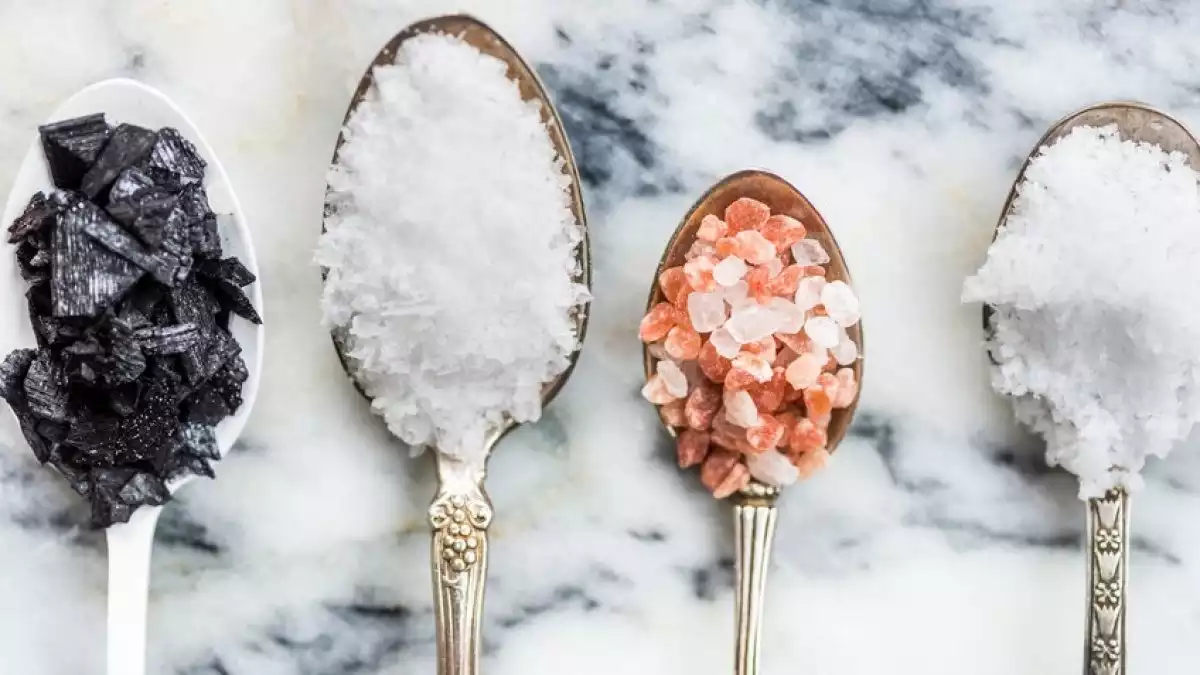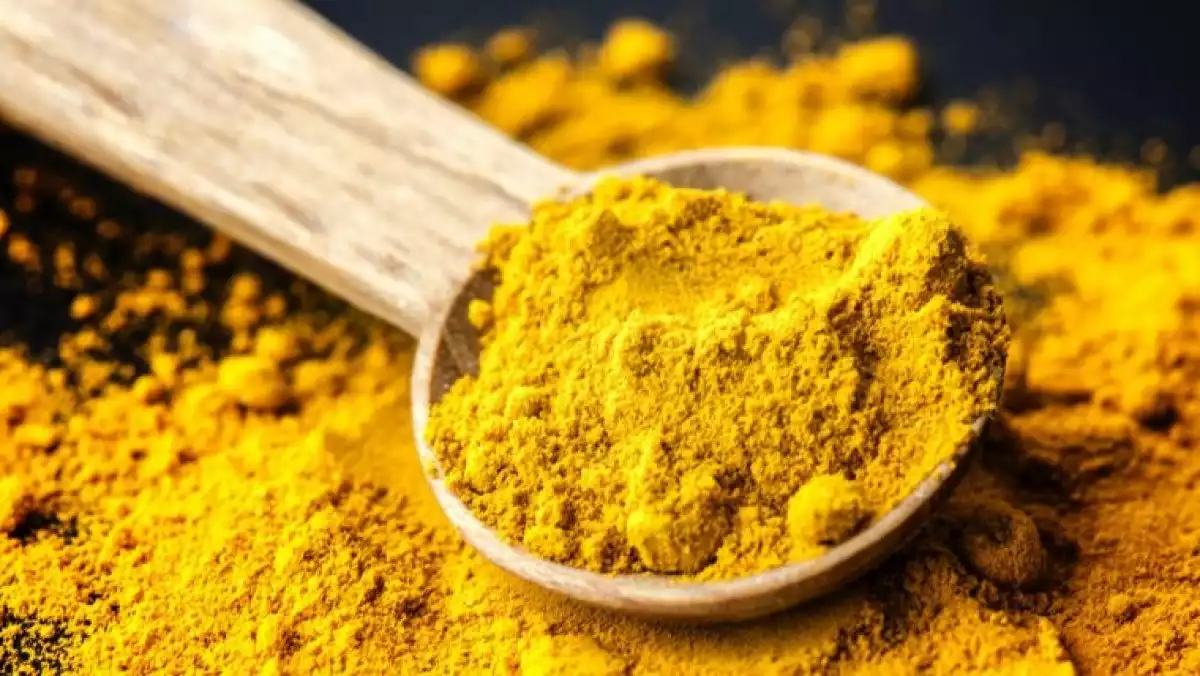
Salt, or sodium chloride, is a food additive available in different types. Each type of salt has its unique characteristics and flavors, and the uses for salt range from cooking, to cosmetics, and down to cleaning products.
We will discover what salt is, how many types there are, as well as what properties and benefits this versatile condiment has.
What is salt (sodium chloride)?
When we talk about salt we mean sodium chloride, also known as table salt. It is mainly a food additive although it is also considered a valuable ingredient in the production of paper and cellulose, bathroom cleaning products and detergents among others.
Aside from the culinary purposes - food ingredient or preservative, sodium chloride is also responsible for the ocean's salinity and the extracellular fluids in most organisms.
It gives food the basic salty taste, and it is regarded as an appetite and digestion stimulant.
The main formats that we encounter salt in are:
Ground salt
Fine salt
Salt flakes
Salt is usually sold in its refined state, as white crystals which is the most popular, or unrefined salt which has less white and homogenous crystals.
Iodized salt is sold as a functional ingredient as it prevents different ailments such as goiter, or dental cavities when added to fluoride.
Sodium chloride formula
Salt is an ionic compound, its chemical formula is NaCI, and it is known as halite when in crystal form.
Its appearance is that of colorless cubic crystals although, when the crystals are very fine we tend to associate it with the color white.
The Na+ ion is the one in charge of regulating osmotic pressure, or osmoregulation, and maintaining fluid balance in the body.
How to make salt?
Table salt is obtained via different manufacturing processes, and depending on its origin it has a different name. Sea salt and mineral spring salt, for example, are obtained through water evaporation.
Rock salt, however, is obtained from halite extraction in salt mines. Finally, vegetal salt is obtained by boiling a graminaceous plant from the Kalahari desert.
Nevertheless, sodium chloride is mass produced mainly by evaporation of seawater, or halite mining.

Types of salt
There are different types of salt depending on a few factors such as origin and chemical treatment, among others. We will have a look at a few of the main types of salt.
1. Table salt
This tends to be the most common type of salt, dissolves quickly and does not clump.
Table salt is more heavily processed to eliminate minerals and usually contains an additive to prevent clumping. Most table salt also has added iodine, an essential nutrient that helps maintain a healthy thyroid.
2. Coarse salt
This is a type of salt made out of thick crystals that is usually used to salt meat or as an ingredient in brines. Coarse salt is whole and natural compared to fine salt because it hasn't been ground or refined.
3. Sea salt
Extracted from seawater via evaporation, sea salt contains 86% sodium chloride, as well as other associated compounds such as calcium, magnesium chloride, iodine, and manganese, among many.
4. Fleur de sel
This salt is created in salt mines, and it forms a fine crust of salt that floats on the waters' surface.
It is not refined and it contains more natural iodine. Commercially, it is highly sought after as its production is limited and it collected in an artisanal way. You can purchase fleur de sel here.
5. Maldon salt
Maldon salt is used as a condiment in cooking, and it is made in the United Kingdom through a process of boiling seawater.
It comes in the shape of flakes which are ideal for preparing meat dishes.
6. Black salt
Also known as Himalaya salt of India's Kala Namak, this is a volcanic mineral salt lightly refined that is produced in Nepal. Its distinctive color is due to the activated charcoal added to its production.
7. Himalayan pink salt
A mineral salt initially from the mountains of Pakistan, and used as table salt due to its many health benefits. This magnificent crystal is often used in salt lamps.
8. Kosher salt
A pure salt, free of chemical additives and used traditionally by Jewish people when preparing the kosher dishes allowed by this religion.
9. Iodized salt
This is table salt that has been mixed with iodine intended to prevent iodine deficiency and can be found in most local supermarkets as well as on online platforms such as Amazon.
10. Epsom salt
Epsom salt is a magnesium-based “salt” rather than a traditional sodium-based salt. It is chemically known as magnesium sulfate and is an easy and inexpensive source of magnesium with many exfoliant and anti-inflammatory properties ( it is also a potent laxative).
11. Non-iodized salt
This is a particular type of salt used in low sodium diets mainly for people with hypertension. It includes a mixture of minerals intended to supplement the role of iodine in a balanced diet.
Popular brands include Morton non-iodized salt which can be found for sale online as well as in local supermarkets.
Properties of salt
One of the main elements in salt is sodium. This mineral helps our nervous and circulatory systems function properly.
Salt is also rich in other essential minerals such as calcium, chlorine and potassium, small traces of iron and no fats.
Moreover, this salty condiment is part of our daily life as it holds many important roles for our overall health such as:
Maintains the balance of bodily fluids
Allows transmission of nerve impulses
Regulates the cardiac muscle
Prevents muscle cramping
Prevents hypersalivation
Helps regulate sleep
Facilitates nutrient absorption
All of these properties and benefits are associated with the sodium chloride and are linked to a healthy, balanced diet that includes a moderate use of salt.

Uses for salt
Although salt is mainly used in the kitchen, there are other practical uses for sodium chloride that people usually don't know of. We will list six of the most common ones.
1. Cooking
Together with sugar and pepper, salt is the most used condiment used to flavor food.
Salt is used in many dishes, especially on meats and salads, but works wonderfully on fish as well.
Due to the sodium chloride crust, food stews "in its own juice" and only absorbs the right amount of salt.
2. As a preservative
People have tried to preserve meat for thousands of years and have used a solution of water and salt to do so.
This way they could conserve perishable foods by blocking the bacterial attack that is responsible for decomposing the meat.
3. Cleaning purposes
Another use for salt includes cleaning products for copper, metal, porcelain, and even plastic items.
It can also be used to pull moisture out of the air thus removing humidity from various corners and preventing it from reappearing.
4. Gardening
Sodium chloride is used in gardening soil as it inhibits weed growth.
Normally, spraying a mixture of salt and water on the areas where unwanted plants tend to grow will be enough to prevent them from developing again. It can also be used as an ant repellant.
5. Cosmetics
Foot salt baths are incredibly beneficial for our health and allow stress and tension relief. When mixed with warm water, salt improves blood circulation and calms tired feet.
The most commonly used salts in spas are marine salt or rock salt.
6. Natural remedy
It is the natural antidote for silver nitrate, metabolizing it into silver chloride, an atoxic substance that the body can safely excrete.
It can also be used as a natural remedy to calm bee or mosquito bites - just mix with water until it forms a paste and then apply it to the intended area.
Is salt bad for you?
Salt consumption is vital in maintaining a healthy balance of water in our bodies and avoiding death by dehydration.
Food ingredients found in global diets already contain a fair amount of salt which leads to people ingesting, at times, more than 5mg of salt daily when, according to the FDA, the recommended amount is 2 or 3 mg/day.
Sodium chloride deficiency leads to a condition called hyponatremia (low sodium level in the blood). Sodium is the essential element in salt which is in charge of regulating our blood pressure and extracellular fluids.
Conversely, a high intake of salt can be detrimental to our health and cause issues such as ictus, heart failure, and high blood pressure.
Salt substitutes
People who cannot ingest salt or should consume less salt usually turn to these natural substitutes:
Mustard
Cooked garlic
Sunflower seeds
Onion powder
Black pepper
Lemon juice
There are other options such as oregano, parsley, and other seasoning herbs that can be used instead of salt.
References:
OMS (2016). Salt reduction[online]. Available at https://www.who.int/news-room/fact-sheets/detail/salt-reduction[Consultado 18 ene 2019].
OPS (2013). Comer con menos sal previene la hipertensión y reduce en un 25% el riesgo de ataques cardíacos y accidentes cerebrovasculares[online]. Available at https://www.paho.org/uru/index.php?option=com_content&view=article&id=680:comer-menos-sal-previene-hipertension-reduce-un-25percent-riesgo-ataques-cardiacos-accidentes-cerebrovasculares&Itemid=340[Consultado 18 ene 2019].
Weinberger, M. H., Fineberg, N. S., Fineberg, S. E., & Weinberger, M. (2001). Salt sensitivity, pulse pressure, and death in normal and hypertensive humans. Hypertension, 37(2), 429-432.
Delange, F. (1998). Risks and benefits of iodine supplementation. The Lancet, 351(9107), 923-924.
